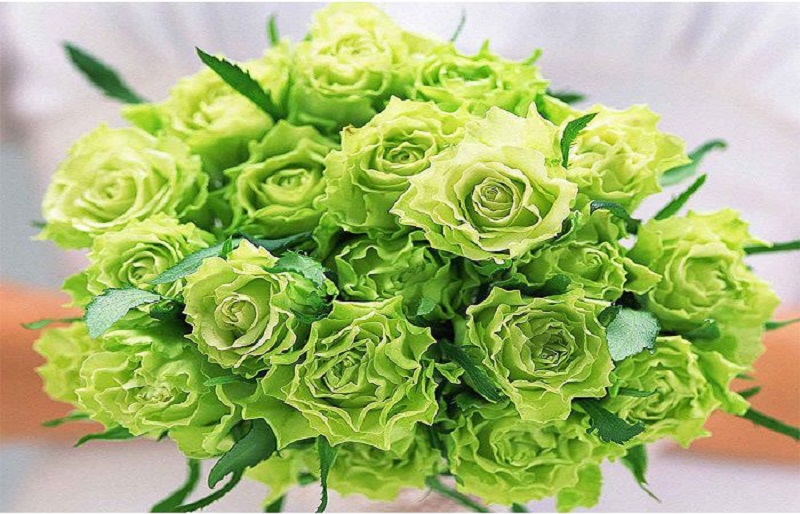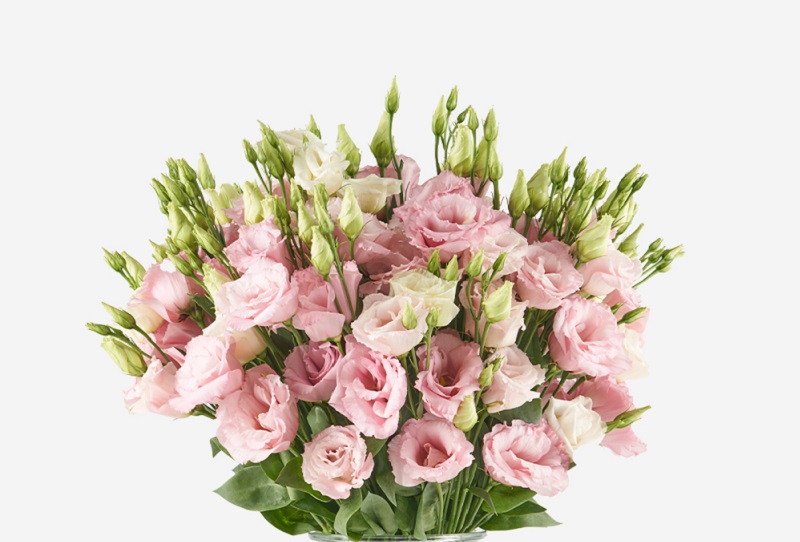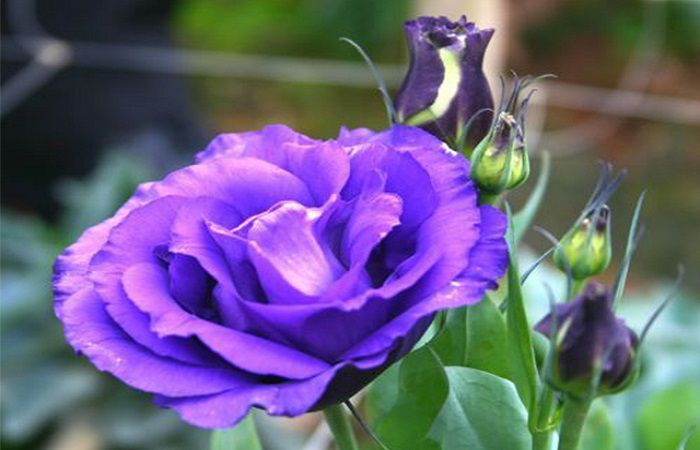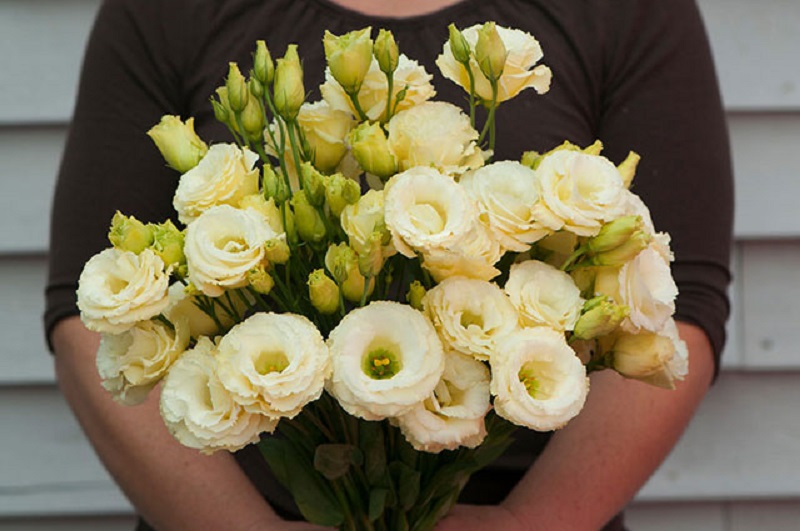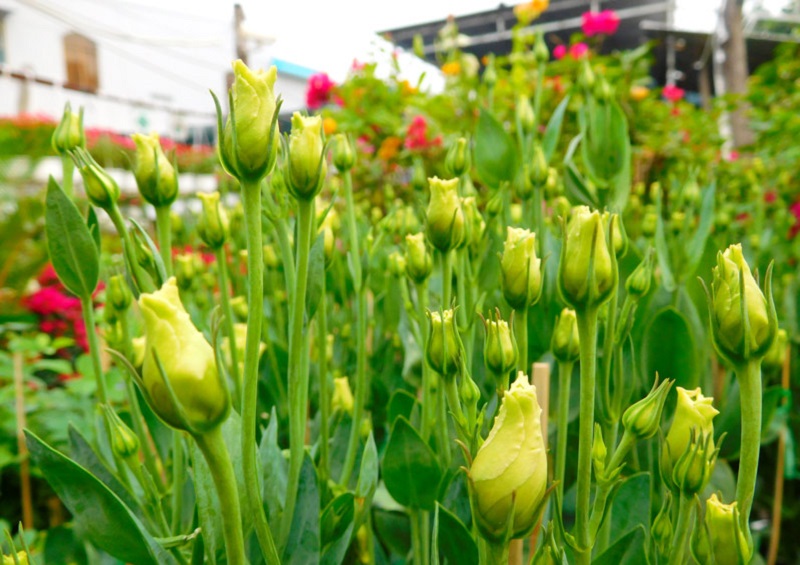Blue Lisianthus (Eustoma grandiflorum) is a stunning flower known for its elegant appearance and captivating blue hues. Often celebrated for its resemblance to roses and its impressive blooms, Blue Lisianthus has become a favorite in gardens and floral arrangements worldwide. This article delves into the characteristics, care requirements, and significance of Blue Lisianthus, offering a […]
Auspicious Flowers
Auspicious flowers hold a revered place in many cultures around the world, symbolizing positive attributes and playing key roles in celebrations and rituals. These flowers are more than just beautiful blooms; they embody deep meanings and are often associated with good fortune, spiritual significance, and emotional well-being. This article explores the definition, historical context, and cultural importance of auspicious flowers, offering insights into their symbolism and practical uses.
Definition and Characteristics
What Are Auspicious Flowers?
Auspicious flowers are those that are considered to bring good luck, positive energy, and favorable outcomes in various cultural and spiritual contexts. The term “auspicious” refers to something that is conducive to success or prosperity, and these flowers are often chosen for their symbolic meanings and ability to enhance the atmosphere of important occasions.
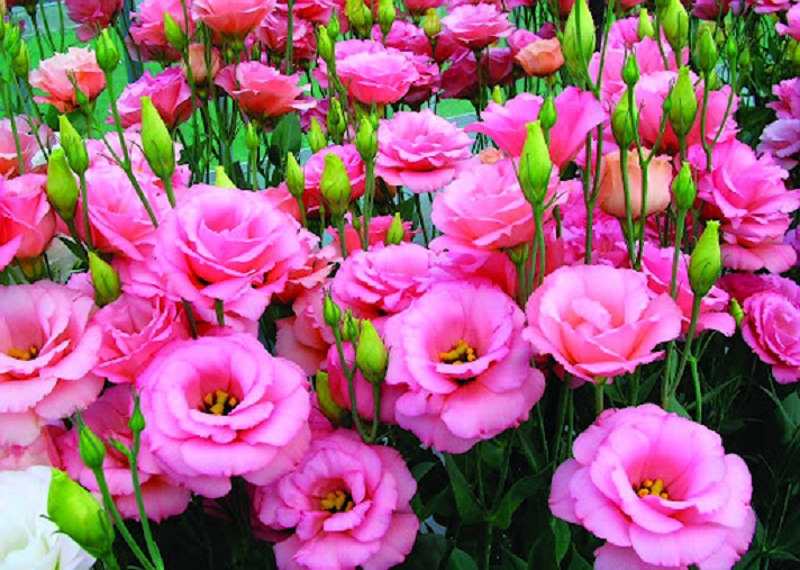
Unique Features and Symbolism of Auspicious Flowers
Auspicious flowers are distinguished by their vibrant colors, distinctive shapes, and the positive meanings they carry. Common characteristics include:
- Bright and vibrant colors: Symbolizing joy, vitality, and positive energy.
- Elegant and unique forms: Representing beauty, grace, and distinctiveness.
- Cultural significance: Tied to specific traditions and beliefs.
Cultural and Historical Background
Historical Significance of Auspicious Flowers
The concept of auspicious flowers dates back to ancient times, where they were often used in religious and cultural ceremonies. In many cultures, these flowers were believed to possess spiritual power or divine favor, influencing events and outcomes in favor of individuals or communities.
Role in Religious and Cultural Practices
- Chinese Culture: In Chinese tradition, auspicious flowers are integral to festivals such as the Lunar New Year. Flowers like the plum blossom and chrysanthemum are cherished for their symbolism of renewal and longevity.
- Indian Culture: In Hindu rituals and festivals such as Diwali, flowers like marigold and lotus are used to invoke blessings and prosperity. Their vibrant colors and symbolic meanings play a significant role in spiritual practices.
- Japanese Culture: Japanese festivals like Hanami celebrate the beauty of cherry blossoms, which symbolize the fleeting nature of life and the importance of appreciating beauty in the present moment.
Popular Auspicious Flowers and Their Meanings
Lotus
The lotus is a symbol of purity, enlightenment, and rebirth. Its ability to bloom beautifully even in muddy waters makes it a powerful emblem of resilience and spiritual awakening.
Chrysanthemum
Often associated with longevity and rejuvenation, the chrysanthemum is revered in many cultures for its enduring beauty and medicinal properties. In Chinese culture, it symbolizes autumn and the pursuit of a long and prosperous life.
Orchid
Orchids represent beauty, strength, and luxury. Their exotic appearance and variety of colors make them a popular choice for expressing admiration and sophisticated taste.
Peony
Known for its lush blooms and rich colors, the peony symbolizes wealth, honor, and prosperity. It is often used in celebrations to attract good fortune and convey respect.
Lily
The lily is associated with purity, renewal, and transformation. Its elegant appearance and gentle fragrance make it a popular flower for ceremonies and celebrations focusing on new beginnings.
Auspicious Flowers in Different Cultures
Chinese Culture
In Chinese culture, flowers like the plum blossom and chrysanthemum are considered auspicious. The plum blossom represents perseverance and hope, while the chrysanthemum symbolizes longevity and renewal. These flowers are often used in New Year decorations and other significant events.
Indian Culture
In Hindu traditions, marigold flowers are commonly used during festivals like Diwali to adorn homes and temples. The lotus, another significant flower, is associated with divine beauty and spiritual purity, making it a staple in religious ceremonies.
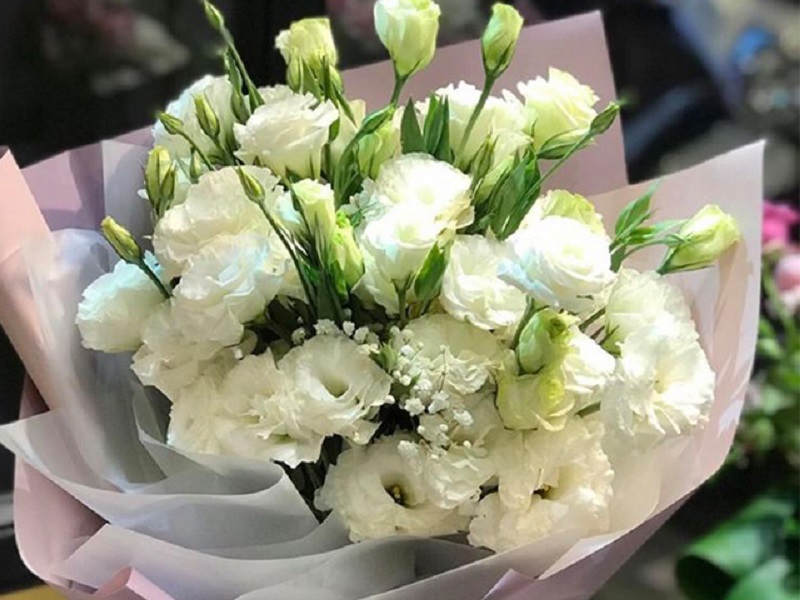
Japanese Culture
Cherry blossoms (sakura) are central to Japanese culture, particularly during the Hanami festival, where people gather to appreciate the fleeting beauty of the blossoms. The chrysanthemum also holds significance, symbolizing longevity and the Imperial family.
Uses and Benefits
Ornamental Uses of Auspicious Flowers
Auspicious flowers are often used to enhance the aesthetic appeal of events and decor. They are popular in floral arrangements for weddings, festivals, and home decoration, adding a touch of elegance and meaning to any setting.
Spiritual and Emotional Benefits
The symbolic meanings of auspicious flowers can positively influence mood and well-being. By incorporating these flowers into daily life or special occasions, individuals can enhance their spiritual practices and create a harmonious environment.
Commercial and Agricultural Uses
In the commercial floral industry, auspicious flowers are prized for their beauty and symbolism. They are cultivated and sold for various uses, from personal gifts to elaborate floral displays.
Cultivation and Care
Growing Conditions
Each type of auspicious flower has specific requirements for optimal growth. Generally, they need well-drained soil, adequate sunlight, and proper watering. For instance, lotuses require a water garden or pond, while orchids thrive in humid conditions with indirect light.
Maintenance
Maintaining auspicious flowers involves regular watering, fertilization, and pest management. It’s important to follow specific care guidelines for each flower to ensure healthy growth and vibrant blooms.
Festivals and Celebrations
Chinese New Year
During Chinese New Year, flowers like the plum blossom and chrysanthemum are used to decorate homes and public spaces. They symbolize good fortune and a fresh start for the year ahead.
Diwali
In India, marigolds are extensively used during Diwali, the festival of lights. Their bright colors and auspicious meanings add to the celebratory atmosphere.
Hanami (Cherry Blossom Festival)
In Japan, Hanami celebrates the beauty of cherry blossoms. This festival, held in spring, involves viewing and appreciating the ephemeral beauty of the blossoms, reflecting on the transient nature of life.
Practical Tips for Incorporating Auspicious Flowers
In Floral Arrangements
When arranging auspicious flowers, consider their symbolic meanings and choose blooms that complement each other. Creating balanced arrangements can enhance the visual impact and convey the desired message.
In Daily Life
Incorporate auspicious flowers into home decor to bring positive energy and beauty into your living space. Use them in vases, as part of a garden, or in personal spiritual practices to enjoy their benefits.
Conclusion
Auspicious flowers offer a unique blend of beauty, symbolism, and cultural significance. From enhancing celebrations to improving well-being, these flowers play a vital role in various traditions and practices. By understanding their meanings and incorporating them thoughtfully into your life, you can enrich your experiences and celebrate the positive attributes they represent.
Pink lisianthus, with its delicate petals and soft hues, stands out as one of the most beloved flowers in floral arrangements and garden settings. Known for its elegant appearance and versatility, pink lisianthus adds a touch of romance and sophistication to any occasion. This article explores the defining features, history, cultivation practices, and cultural significance […]
Purple lisianthus, with its majestic hues and refined appearance, stands as a symbol of elegance and sophistication in the world of flowers. Known for its captivating beauty and versatility, this flower adds a touch of regal charm to any floral arrangement or garden. This article delves into the defining features, historical background, cultivation practices, and […]
White Lisianthus, scientifically known as Eustoma grandiflorum, is renowned for its delicate and sophisticated beauty. This flower is a favorite among gardeners and florists alike, prized for its soft, ruffled petals and versatile uses. This guide explores the botanical characteristics, care requirements, uses, and symbolism of white Lisianthus, providing a detailed overview for enthusiasts and […]
Lisianthus, known for its delicate beauty and versatility, is a favorite among gardeners and florists. The Yellow Lisianthus, in particular, stands out for its vibrant, cheerful hue. This guide provides detailed information about Yellow Lisianthus, including its botanical characteristics, growing requirements, and various uses. Whether you’re a seasoned gardener or simply fascinated by floral beauty, […]

